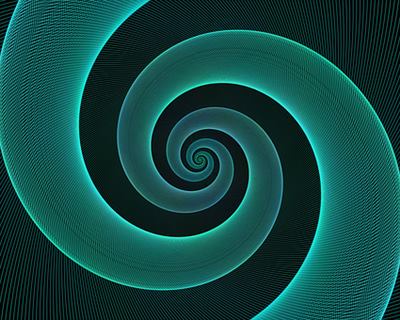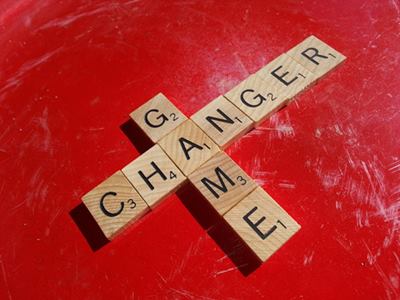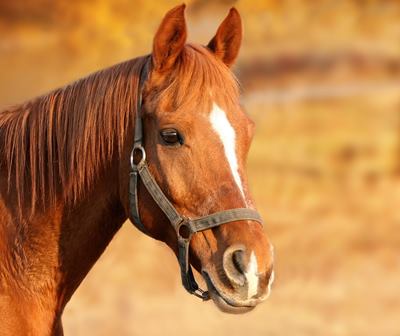NLP Swoosh Exercise
How to do the NLP SWOOSH
NLP SWOOSH EXERCISE
Metaphor Therapy using the NLP Swoosh
This page is the transcript of the third stage in dealing with Bob's drinking problem. He just could not leave the bar and go home when he was supposed to. The metaphor therapy in this part consists of teaching the client faster ways of dealing with emotional problems. The therapay encourages the client to invent their own unique ways of dealing with feelings as images, and then using these images in the NLP SWOOSH technique.
The third stage is designed to teach the client independence in managing their emotions. Up to this point the client has been taught to be aware of their own internal representations, and has learned that manipulating these representations in one particular way definitely does have an immediate effect on how they feel. However in order for them to be able to manage their feelings on their own in future, they need to learn how to create personalised ways of modelling their thoughts and feelings. That is what this part of the therapy does.
NLP SWOOSH SCRIPT
SESSION TRANSCRIPT | |
| THERAPIST/CLIENT | COMMENTS |
| So that demonstrates to you that you can change the images you have and you can change how those images make you feel. | Reinforcing |
| Now the reason that I did the frame thing was because it is easy to visualise and easy to teach... but it is not always the best way or the fastest way... there are other ways....And I am going to show you some of them now, but I want first to make sure that you can do this on your own. | Introduce other possibilities |
| OK. | |
| I want you to think of another incident that always makes you feel bad, and let me know when you have done that. | |
| OK, I am going to fix going home on time. | |
| No, I would like you to choose some other thing, I want to deal with that a different way. | |
| But this is what is making me feel bad now I want to fix this one. This is what is causing me pain now and I am going to do this one. I can see it. | |
| OK. OK. We can work on the coming home late. | |
| I want you think of two different images, two separate pictures. I want you to think of an image of being in a bar and it's getting near the time you should be going home, and you are feeling the way you always feel about that time. And I want you to think of another image. I want to create a second image, a picture of you one minute before you are supposed to be home and the door is opening and your wife is there and she is smiling and happy and you feel happy that she is happy and you can maybe imagine there is a meal on the table and see this picture in bright warm colours like yellow and gold. Something you really enjoy. | The SWOOSH technique |
| Then, I would like you to think of a big notice board or something like that, a place where you can pin up things. And I would like you to imagine some type of picture that represents the situation when you can't leave to go home. | |
| OK got that. | |
| And I would like you to find a way to put that image onto a paper or something like that so that you can pin the image on the notice board. | |
| OK I already got the picture with a white frame round it. | |
| A white frame? | |
| Yes, where the paper is shining round it. | |
| OK. Now I would like you to pin that picture in the middle of the notice board. See that picture as dark and dull and full of bad feelings. | |
| OK. | |
| Now, without letting the picture in the middle know, I want to you sneak the happy picture on to the notice board and pin it up in one the corners. | Avoiding interference from logic |
| And now I am going to explain to you what to do....don't do it until I tell you to.... and this needs you shout out loud and clap your hands together when I tell you. | The sudden clap and shout prevent the logical mind having time to interfere. |
| What I am going to get you to do is to, without letting the thing in the middle know about it, is to grab the corners of the happy picture, and that picture can stretch like a rubber sheet to any size and the picture will still be there, bright and fresh and vivid, and suddenly stretch it out and completely the wrap the dark unhappy picture in the happy bright happy picture so that it is not expecting it. Completely wrap that unhappy picture so that it is all contained in the other one and put the happy picture in its place. Make sure the dark picture is completely bundled up inside the bright picture so that it is smothered and dies. | |
| And when you do this, I want you use your hands and arms to grab the bright picture and as you do so bring your hands together and shout SWOOSH! out loud as loud as you can. And do that three times until you cannot see the dark picture at all and it has been replaced by the bright happy picture. | |
| OK. So when you are ready do it and shout SWOOSH! | |
| SWOOSH! [Does it three times] | |
| So is it gone, the old picture? | Testing |
| No actually, I don't think it has completely gone, there is still a little bit left. When I was wrapping it in the yellow picture a bit kept peeping out and not being wrapped. I want to get rid of it. I will use the frame and three knobs. I know how to do that. | Not completely removed. Because the behaviour had some positive function, it is common for a bit to be left intact. |
| Actually I have done it. I wrapped the old picture in the new one and squashed it up small and then I saw it being turned into dust.... poof! the wind took the dust away. It's gone now. | Self change |
| OK. Let's test it. I would like to think about going out for a drink. Pick a time you would have to be home by. | Testing the change |
| Ah... ten o'clock. | |
| Now imagine your friend calls you up and says 'Let's go out for a drink' and you go and you are really enjoying it. There are many friends there and it's seven o'clock and you are the centre of attraction and it's eight o'clock, and everyone is laughing at your jokes and you are feeling really good. And then it is nine o'clock and the whole place is full of good people and everyone is enjoying the evening and then it's nine thirty and you have to be home by ten. How do you feel about going home? | |
| OK. No problem. I can go home in some minutes. I feel OK about it. | Confirmed change |
| And suppose someone says to you 'Ah. come on, have one more with me.' What do you say? | Test other scenarios |
| I say, OK, but not tonight. I got to go home. I can just walk out. | Confirmed change |
| And you don't feel any pressure, any resentment that you have to go home because you wife tells you to. | Testing for feelings |
| No. I want to go home. I go home. Like I said. | Confirmed change |
| And suppose your brother comes from the old country and you are out spending time with him and its nearly ten o'clock. And he says 'No stay and let's have some more' what do you feel then? | Testing other scenarios |
| Well then I say, come home with me, we can drink more there. I am OK to go home. | Confirmed change |
| So you feel OK about it? | Testing for residual feelings |
| Yes. It is different now. I can leave and go home to my wife. It's OK. | Confirmed change |
The outcome of this stage shows that there are in fact many ways of doing metaphor therapy, and that using a method designed exactly for that particular client is better and faster. The client is shown how to use the Swoosh method on a personal incident in stage two, and learns that this method works just as well but more quickly. The basic principles of metaphor therapy are then taught via several stories illustrating how other people dealt with their issues.
In this particular case Bob was too impatient to go through the intermediate stage and wanted to work on his main problem right away. This part of the treatment was therefore adapted to deal with his Drinking problem and the technique was applied to that directly.
The crucial outcome is the personal realization 'I feel different now'. This is the indicator that the therapy has worked. It is always immediately apparent to the client when it has worked and when it has not. The client may not be able to say why or how they have changed, but they know it intuitively.
NLPT06









